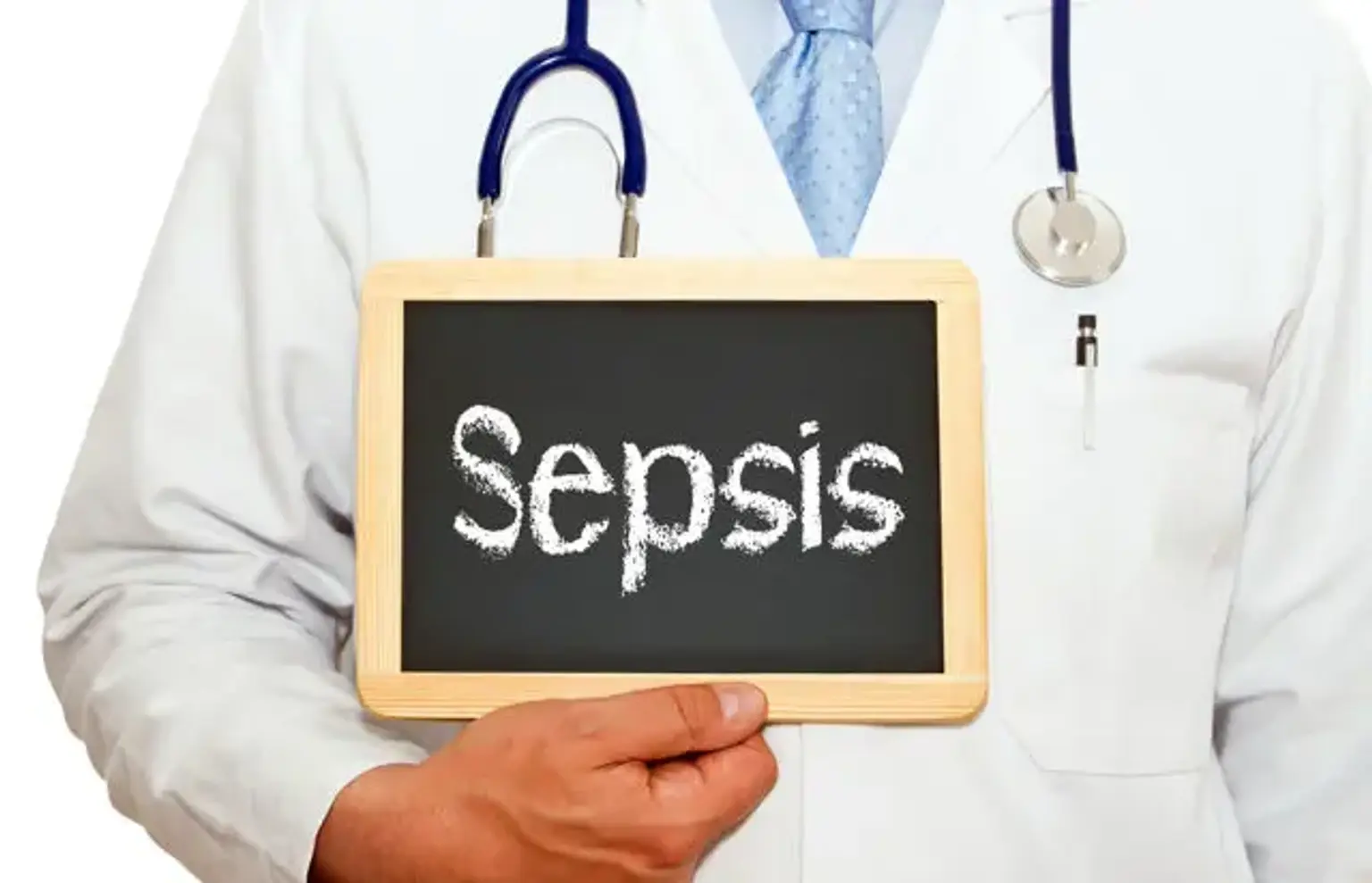Introduction
What is Sepsis?
Sepsis is a critical medical condition that arises when the body’s response to an infection causes widespread inflammation, leading to potential organ damage and, in severe cases, death. It is often described as the body’s overreaction to an infection, where the immune system begins attacking healthy tissues. Sepsis can result from bacterial, viral, or fungal infections and requires immediate medical intervention to prevent severe complications, including septic shock and organ failure.
Understanding sepsis is vital because it is both life-threatening and common. Globally, millions of cases are reported annually, and the condition is a leading cause of hospital deaths. Despite advancements in healthcare, sepsis often goes unrecognized in its early stages, making awareness and timely treatment crucial for survival.
Sepsis in Korea: An Emerging Concern
In Korea, sepsis has become a growing public health concern, reflecting trends seen worldwide. The Korean healthcare system has made remarkable strides in managing sepsis through state-of-the-art diagnostic tools, advanced treatment methods, and specialized care units. Hospitals in Korea, particularly those equipped with cutting-edge ICU facilities, have been instrumental in reducing sepsis-related death rates.
Additionally, awareness campaigns and research into sepsis prevention are on the rise in Korea. These initiatives aim to educate both healthcare providers and the public on identifying early symptoms, promoting timely medical attention, and reducing the prevalence of hospital-acquired infections that often lead to sepsis.
